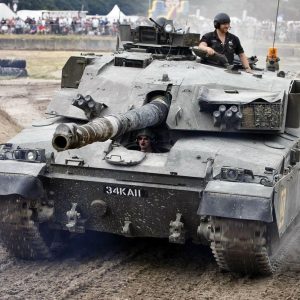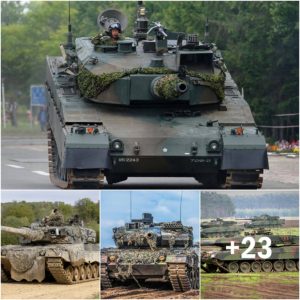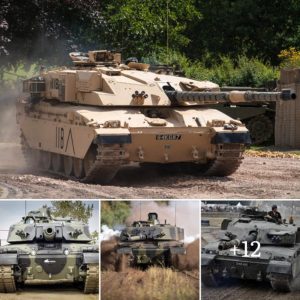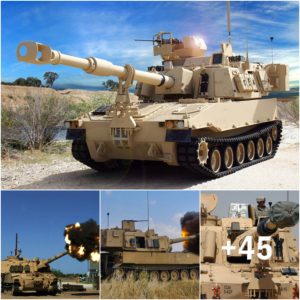The Mi-26 (NATO designation Halo) is a twin-turbine heavy-lift helicopter. It is the world’s largest production helicopter. The Halo’s development started in the early 1970s. The designer’s goal was to produce a helicopter with a load capacity twice that of any contemporary helicopter. The first Mi-26 Halo prototype flew in December 1977 and was first displayed at the Paris Air Show in 1981. In 1982, Russian squadrons received their first Halos, which were not fully operational until 1983. In 1986, India was the first country to purchase a Halo. Since then Halos have been sold to nearly twenty countries. The cost of a Halo is between $10 million and $12 million.

The Halo has the load-carrying capability of a domestic C-130 transport plane. Its cargo area, with the rear ramp closed, is 12 m long, and 3.2 m wide, with a minimum ceiling height of 2.9 m. This cargo area can hold two combat vehicles weighting 9 988 kg each. The interior can be configured to seat 80 combat-equipped troops or 60 stretchers. However there were cases when this helicopter was flying overloaded with 150 troops. The Halo is flown by a crew of four: pilot, copilot, flight engineer, and navigator. The flight deck and cabin are fully air conditioned, but only the flight deck is pressurized.

The Halo’s landing gear is a noretractable tricycle-type with a steerable nose wheel. The main gear can be hydraulically adjusted to facilitate loading through the rear door. This adjustable feature is also used when landing on varied surfaces. Each of the main gears has a sensor to determine takeoff weight. This information is displayed at the flight engineer’s station at liftoff.

The Halo’s retractable tail skid offers unrestricted accessibility to the rear cargo loading door. There is a hatch on the underside of the fuselage that opens to give access to a load sling. This sling is attached to an internal winch that’s in-line with the main rotor shaft. Closed-circuit television cameras enable crew members to monitor the load beneath the aircraft.

The Halo was the first helicopter to successfully fly with an eight-blade main rotor. This rotor is 32 m in diameter and is made of composites and aluminum alloys, with a leading edge made of titanium. The main rotor head and the tail rotor head are both made of titanium. The flight controls are hydraulically boosted with a redundant autopilot and stability-augmentation system. The enormous Halo is powered by two 10 000-shaft-horsepower ZMKB Progress D-136 turboshaft engines. Each engine bay is made of titanium for protection against fire. Several variants of the Mi-26 Halo have been built.






